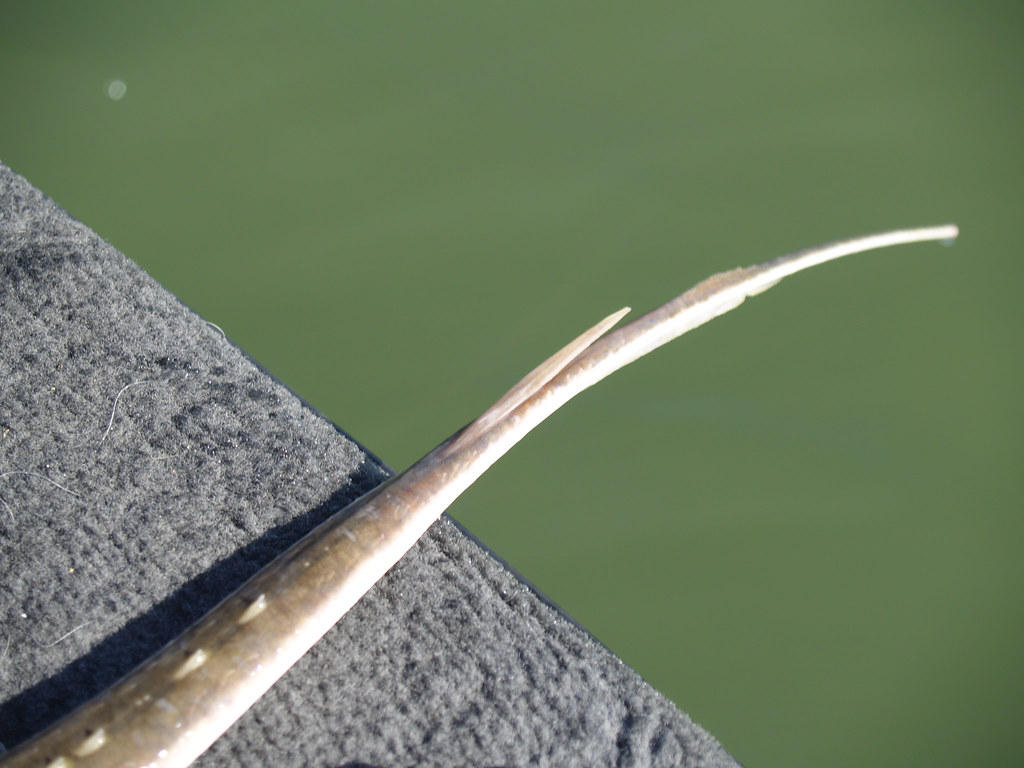Barb stingray, a fascinating marine creature, captures the interest of both marine biologists and ocean enthusiasts alike. With its unique appearance and intriguing behaviors, understanding the barb stingray is essential for anyone interested in marine life. In this article, we will explore the biology, habitat, and conservation of barb stingrays, providing a comprehensive overview of this remarkable species.
As we dive deeper into the world of barb stingrays, we will uncover their distinctive features, feeding habits, and the ecological roles they play in their environments. This information is crucial for promoting awareness and conservation efforts, particularly as many marine species face threats from human activities.
Join us as we embark on an informative journey through the life of the barb stingray, discussing its significance in the marine ecosystem and what we can do to protect these incredible creatures for future generations.
Table of Contents
- Biography of Barb Stingray
- Physical Characteristics
- Natural Habitat
- Feeding Habits
- Reproduction and Lifespan
- Conservation Status
- Importance in Marine Ecosystem
- Conclusion
Biography of Barb Stingray
The barb stingray (Dasyatis spp.) is a member of the Dasyatidae family, commonly found in warm coastal waters. Known for their flattened bodies and long, whip-like tails, barb stingrays are a captivating species within the elasmobranch group, which includes sharks and rays.
| Attribute | Details |
|---|---|
| Scientific Name | Dasyatis spp. |
| Family | Dasyatidae |
| Habitat | Coastal waters, sandy bottoms, estuaries |
| Diet | Bottom-dwelling invertebrates, small fish |
| Reproduction | Viviparous |
Physical Characteristics
Barb stingrays are easily identifiable by their unique physical features. They have a flattened body shape that allows them to glide effortlessly over the ocean floor. Here are some notable characteristics:
- Shape: Disc-shaped body with rounded edges.
- Color: Typically brown or grey, providing camouflage against sandy substrates.
- Size: Can grow up to 3 feet in width, depending on the species.
- Tail: Long and whip-like, often equipped with a venomous barb used for defense.
Natural Habitat
Barb stingrays primarily inhabit shallow coastal waters, estuaries, and sandy bottoms. They are often found in regions with ample hiding spots, such as seagrass beds and coral reefs. The following factors influence their habitat:
- Water Temperature: Prefers warm waters typically found in tropical and subtropical regions.
- Salinity: Can thrive in both saltwater and brackish environments.
- Depth: Usually found at depths ranging from 0 to 30 meters.
Feeding Habits
Barb stingrays are opportunistic feeders, primarily consuming a diet of bottom-dwelling invertebrates and small fish. Their feeding strategies include:
- Burrowing: They often bury themselves in the sand to ambush prey.
- Electroreception: Barb stingrays possess specialized organs that allow them to detect the electrical signals produced by their prey.
Reproduction and Lifespan
Barb stingrays exhibit viviparous reproduction, meaning that they give birth to live young. This process is characterized by:
- Mating Season: Typically occurs during warmer months.
- Gestation Period: Lasts approximately 4-6 months.
- Lifespan: In the wild, barb stingrays can live up to 15 years.
Conservation Status
Despite their adaptability, barb stingrays face several threats, including habitat loss, overfishing, and pollution. Conservation efforts are crucial to ensuring their survival. Some key initiatives include:
- Protected Areas: Establishing marine protected areas to safeguard their habitats.
- Sustainable Fishing: Promoting responsible fishing practices to reduce bycatch.
- Public Awareness: Educating communities about the importance of stingrays in the ecosystem.
Importance in Marine Ecosystem
Barb stingrays play a vital role in maintaining the health of marine ecosystems. Their feeding habits help control populations of invertebrates and small fish, contributing to ecological balance. Additionally, they serve as prey for larger marine animals, highlighting their importance in the food web.
Conclusion
In summary, the barb stingray is a remarkable marine species deserving of our attention and protection. By understanding its biology, habitat, and ecological significance, we can contribute to the conservation of this fascinating creature. We encourage you to share your thoughts in the comments below, and consider exploring more articles on marine life to expand your knowledge.
Thank you for taking the time to learn about barb stingrays. We hope to see you back for more intriguing insights into the world of marine biology!
David Beckham: A Journey Through His Young Age
Exploring The Life And Career Of Actress Karen Carlson
Unveiling The Truth Behind Gypsy Rose's Mother's Death Photo


